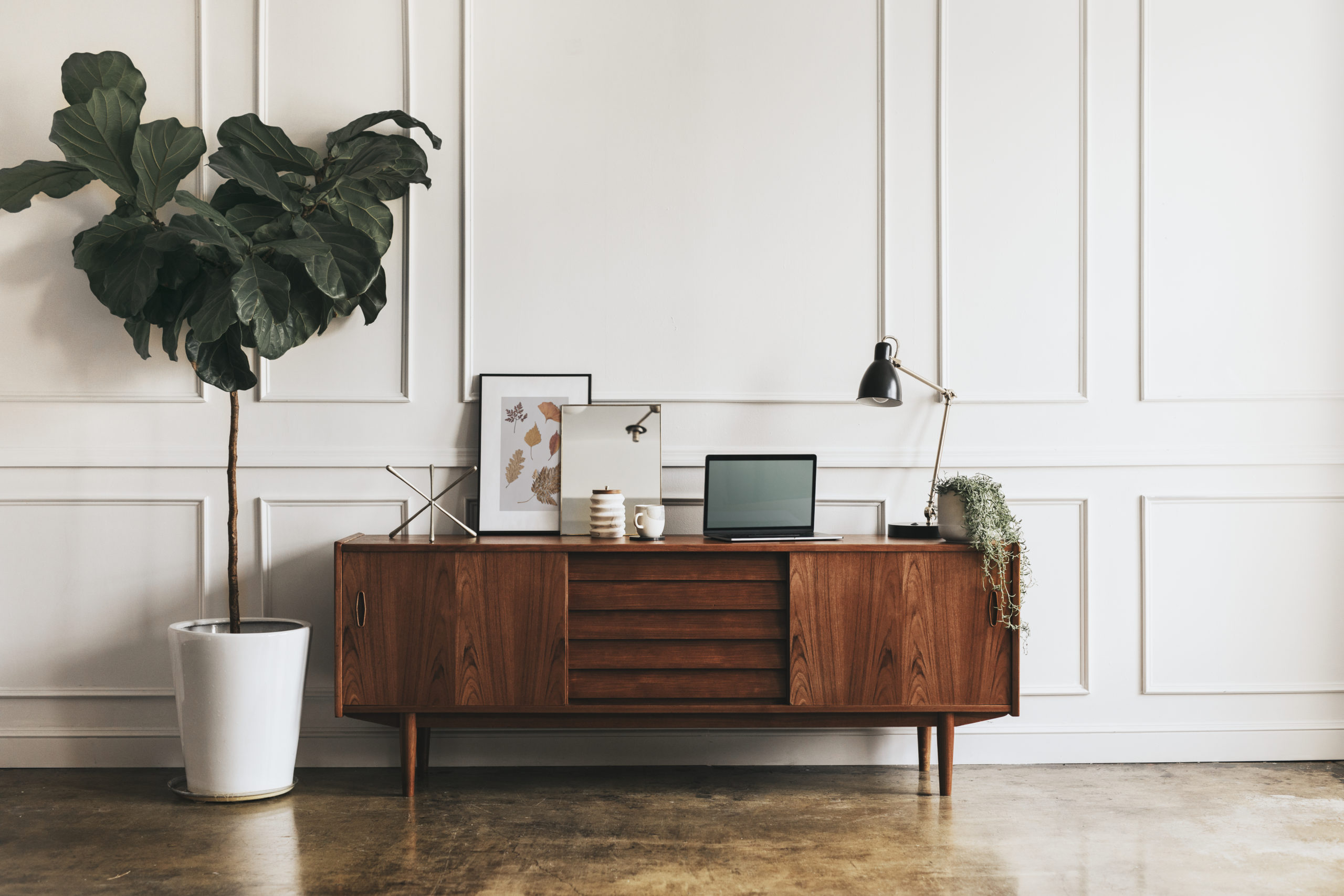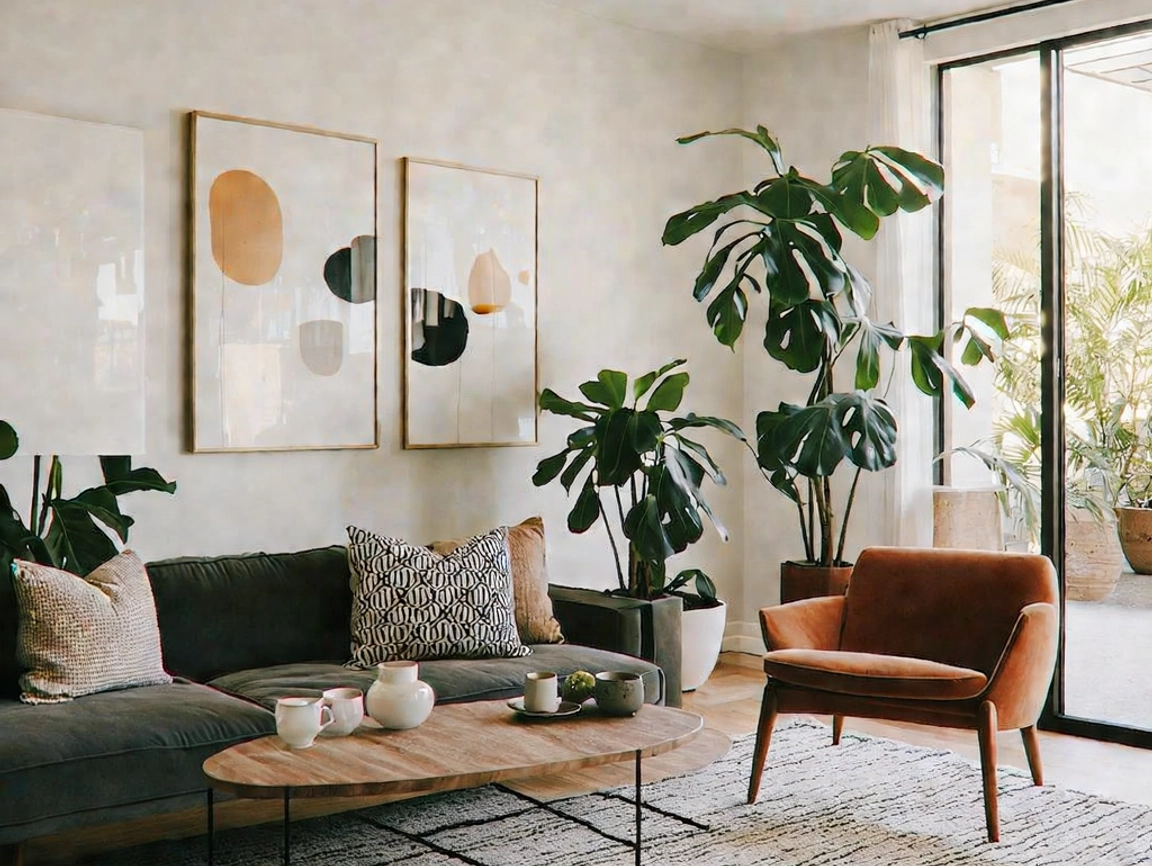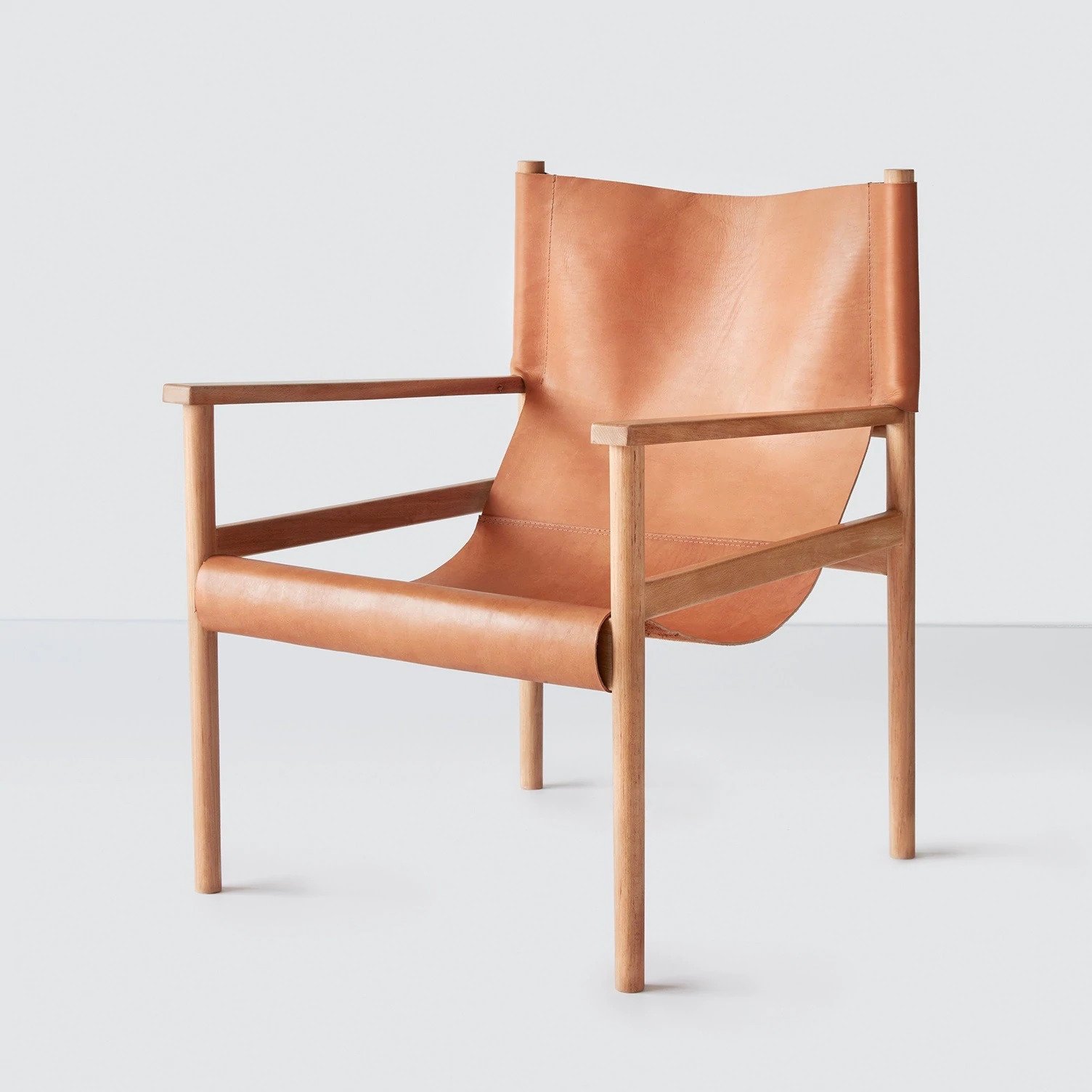The elements and principles of design were some of the first things I learned about in my interior architecture and design program, and for good reason. These concepts are the building blocks of all designs.
They are applicable to everything under the sun and when you are able to identify them in the real world, it becomes a lot easier to understand why we as humans tend to gravitate towards certain designs over others.
Elements and principles differ from each other in the fact that elements are the physical characteristics that make up the design and the principles are how the elements relate to each other (they are also what designers use most often to create a good design). There are eight elements and six principles, each with its own subcategories and they go as follows:
Elements:
Line
In its most simple definition, a line is what connects two endpoints, but when applied to a design, it is also what encourages our eye to move around an artwork, product, or interior.
There are many different types of lines as I am sure you have all seen (or drawn) at some point in your life. These include horizontal, vertical, diagonal, and curved lines. In one of my classes, my professor talked about how each type of line can impact how we perceive a space and I believe the same is true for products.
Shape
Shapes are formed when the two ends of a line are connected, resulting in types of shapes very familiar to us such as circles, triangles, rectangles, and squares.
The size and amount of shapes used within a design can quickly make them feel overwhelming if not done with care, but in general, shapes have the potential to add some visual interest to the design.
Form
Form is when you take a shape and add volume to it. A design should think about how the different forms within a product or space interact with each other.
When it comes to product design, the relationship of the different forms within the piece gives emphasis to certain elements, making it more visually appealing.
Space
Two very important concepts when it comes to composition (the layout of the elements of a design) are positive and negative space.
Within a composition, the positive space is the objects and the negative space is the area around those objects. The relationship between positive and negative space can very quickly make a design feel off or elevate the overall experience.
This concept can be slightly challenging to visualize so I will explain what I mean by positive and negative space more in product reviews.
Texture
Texture is all around us in many forms and adds to the visual interest of artwork, spaces, and products. There are both visual and tactile textures, tactile being something physical you can touch, and visual being something that our mind perceives as a physical texture when it actually isn’t.
The texture of a product adds to the overall experience for the user because touch is one of our senses and helps us perceive the world around us. Having multiple textures within a product can also add visual interest because of how the light interacts with each one.
Pattern
Patterns are found very often in nature and throughout time we have taken inspiration from them to incorporate into our build environment.
There are millions of patterns out there, but the type of pattern chosen for a design can very quickly overwhelm the viewer or take away from the overall design depending on what has been chosen and how it applies to the product.
I will talk more about specific patterns within my reviews, but at some point, how a pattern is perceived by the viewer has a lot to do with personal preference.
Color
My professors love to talk about how important color is in the overall interpretation and impact of a design. It is important to know how colors relate to each other and what causes colors to interact well or poorly.
Similar to patterns, colors can be very subjective to personal preference, but there are elements that make certain colors more appealing than others through things such as hue (the pure color itself), value (the darkness or lightness), chroma (the intensity or saturation), and color schemes (combinations of colors that work really well when placed together).
Light
The way light interacts with a product easily elevates the design. Depending on the materials used, the light can either be more reflected or absorbed, and certain materials do those things more than others.
Light is also very important for interpreting the spaces we inhabit because warmer (yellower) lights make a space feel more inviting and welcoming, while cooler (whiter) lights can make a space feel sterile and uninviting. Lighting can be slightly complicated to learn about, but the way light interacts with products and the world around us can greatly impact the way we perceive those things.
Principles:
Proportion
Proportion is how a whole product, composition, or person relates to one of its parts. It is something that we as humans can very easily pick up on, but we notice it the most when something is out of proportion.
Faces are a great example of how proportion works. You are much more likely to notice a nose that is considered too big for someone’s face as opposed to a nose that is considered proportionate to the rest of their features.
Something that I find fascinating about proportion is the use of the golden rectangle. Developed by the Greeks, this rectangle has sides that fit into the golden ratio of 1:1.618. This allows the rectangle to be divided into a square and another rectangle.
The interesting thing about the second rectangle is that it can also be divided into a square and a rectangle and the cycle continues on forever, each new rectangle embodying the golden ratio of 1:1.618. When the golden rectangle is applied to something, it immediately makes the object more visually appealing. It can be applied to everything from a painting to the layout of a building, and everything in between.
Scale
While proportion is how the elements within a product relate to each other, scale is how different objects themselves relate to a known constant. This constant is often the human body.
As an example, think about how a phone looks within a hand. If it seems too big or too small, it feels off because the phone is not to scale with your hand.
Focal point or emphasis
The focal point is a part of the design that grabs your attention or puts emphasis on a portion of the overall whole. Having a focal point gives your eyes a chance to naturally rest somewhere within the design and helps to guide them around the composition.
Balance
Balance in this sense is not talking about physically balancing the weight of an object on another, but instead is talking about the visual balance of elements within an artwork, product, or space.
There are three types of balance: symmetrical balance (the elements are reflected across a single line), asymmetrical balance (the visual weight of one element is somehow equal to the other elements despite having different qualities), and radial balance (where all the elements emanate from a single point).
Whether it is within a single product or an entire space, how the elements within it are visually balanced will help to evoke a certain feeling within the viewer. For instance, designs that are symmetrically balanced are extremely visually appealing to our eyes and therefore invoke a sense of calm and happiness when looking at them.
Rythm
Rythm is another way to arrange the different elements within a design. It can help move the viewer’s eye around, provide visual interest, and help create a sense of harmony within the whole.
There are many different types of visual rhythm including alternation (repetition of contrasting elements), progression (gradual increase or decrease in the size of an element), repetition (repeating a single element over and over again), and transition (having a line draw your eye around the composition).
Harmony
Harmony is the combination of everything I have talked about so far for elements and principles in an aesthetically pleasing way. When every part of a design is intentional and everything has a purpose, it naturally forms a good design and becomes a lot more visually appealing to the user.
Some common things that are talked about in relation to harmony include unity (a sense of order and uniformity), variety (the purposeful integration of different elements), and Gestalt theories (relates to how the human brain perceives visual information and how it interprets it).
This was a very brief introduction to these concepts so I encourage you all to look more into them if they interest you. I will be referencing these ideas throughout my reviews so make sure to come back to this article if you don’t remember the specifics of the concept I am talking about. I love how these simple ideas help to explain so much about how we perceive the world around us, so be warned that I might geek out every now and then about why these concepts help to explain the beauty of the products I will be talking about.
Want to Know More About Good Design?
Check out my article that talks about the specific characteristics of Good Design HERE
Check out my article that talks about why you should care about the products you buy HERE



